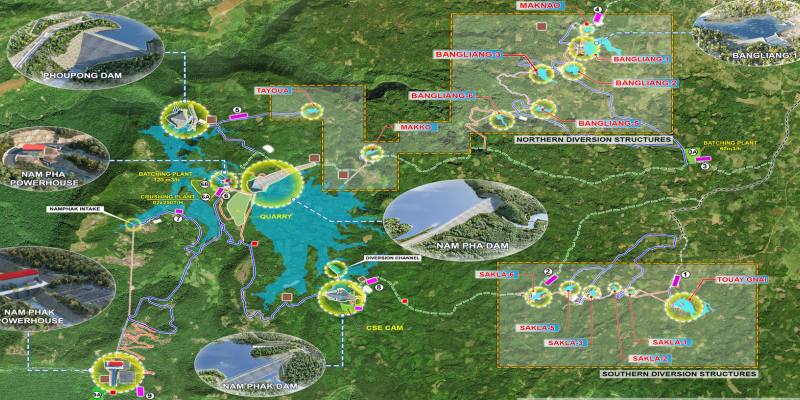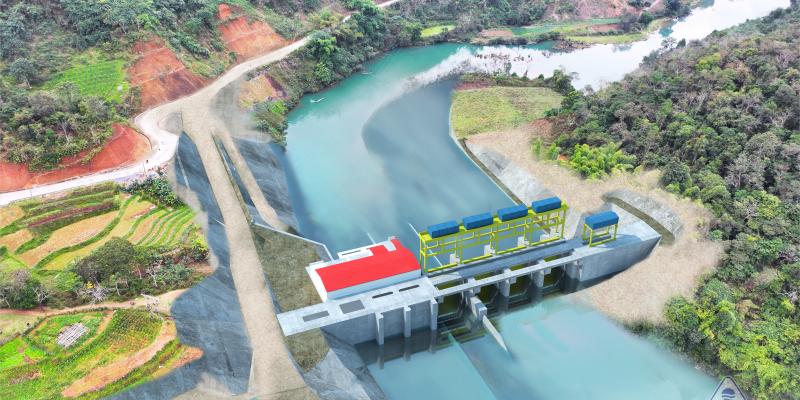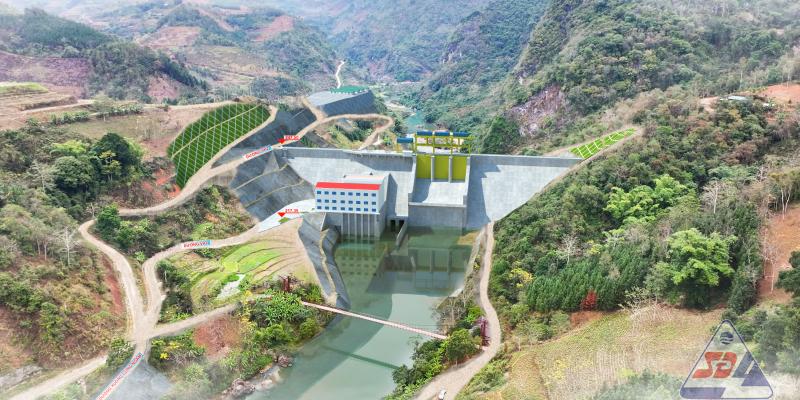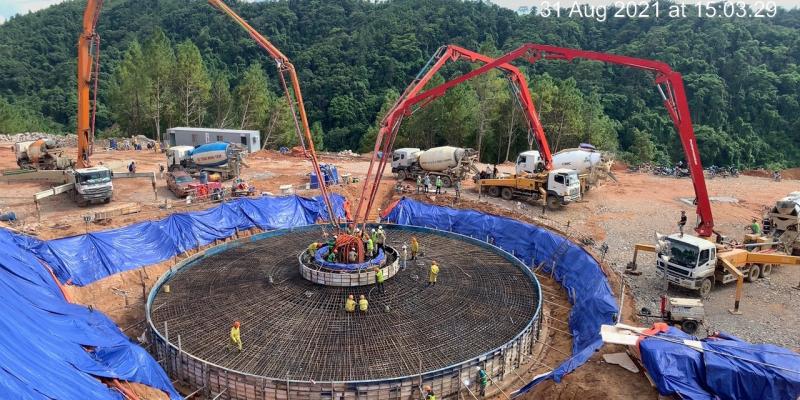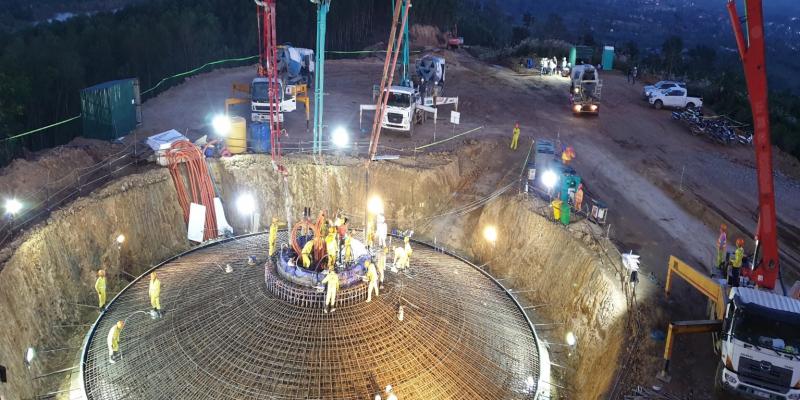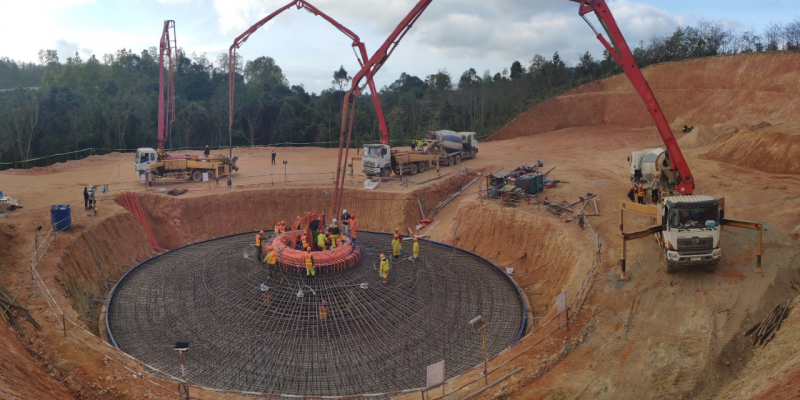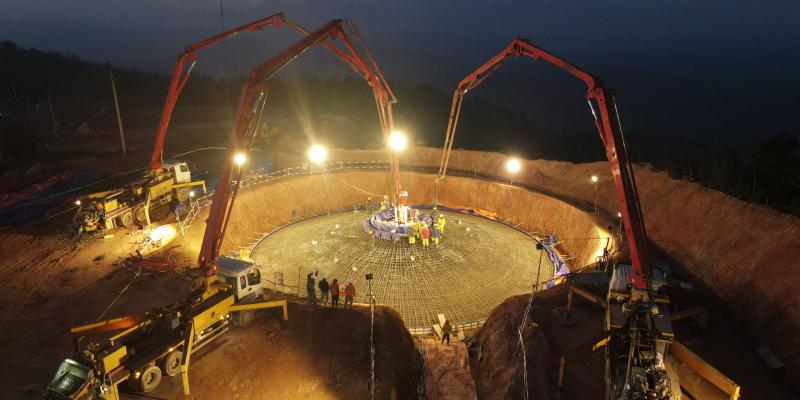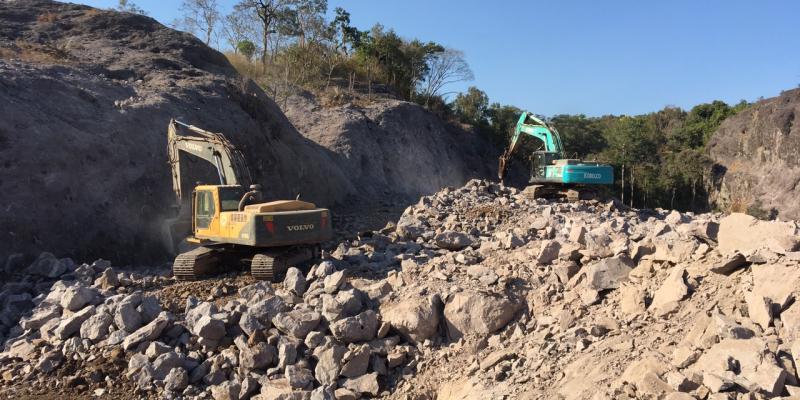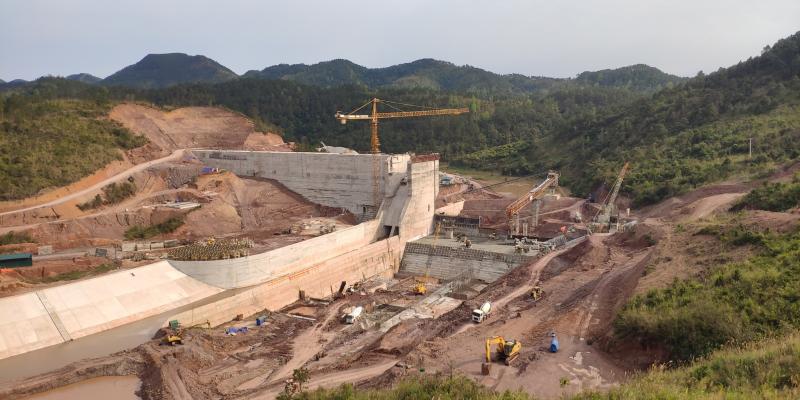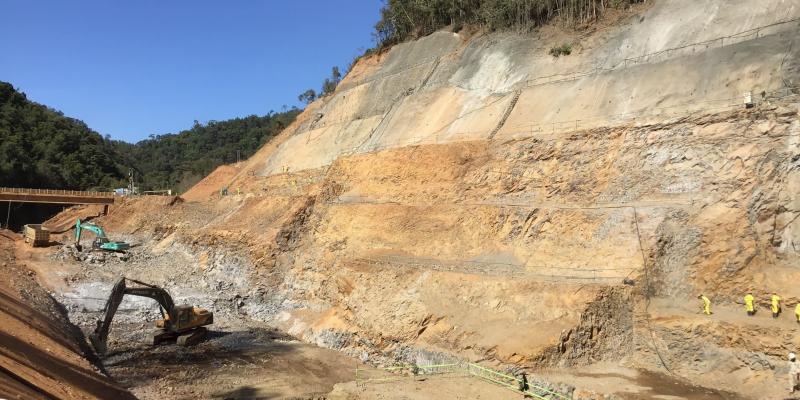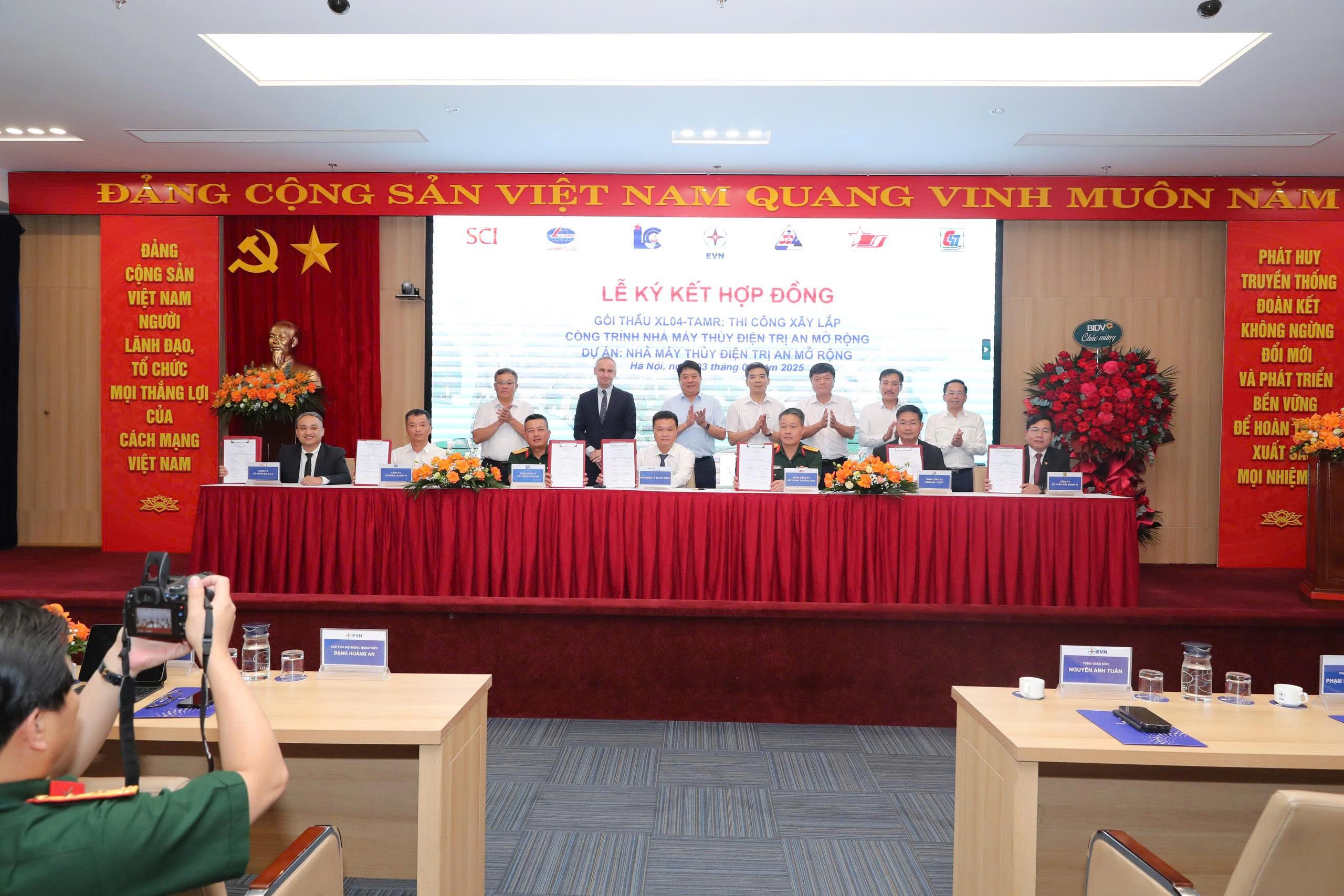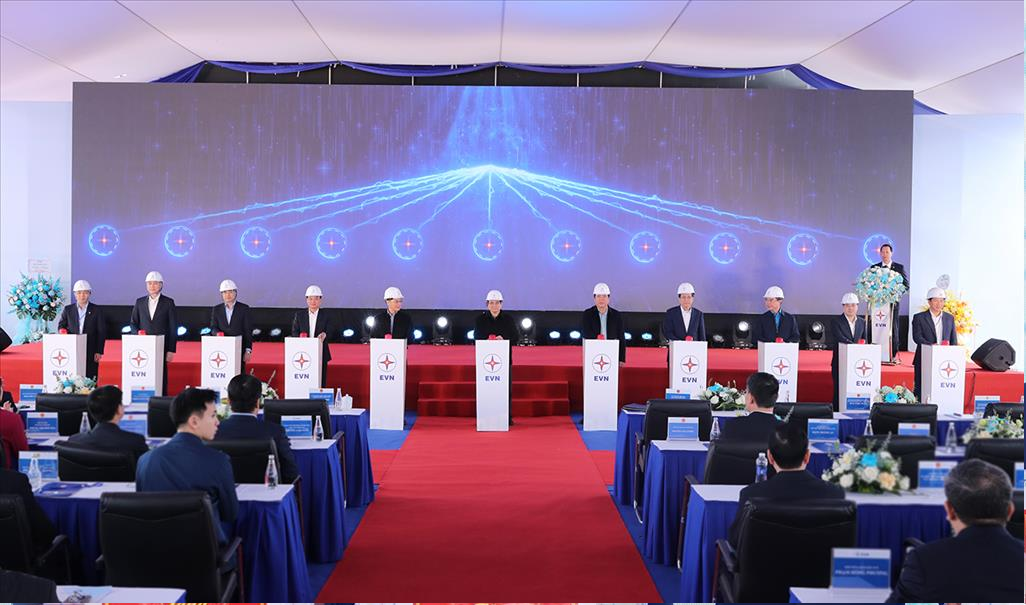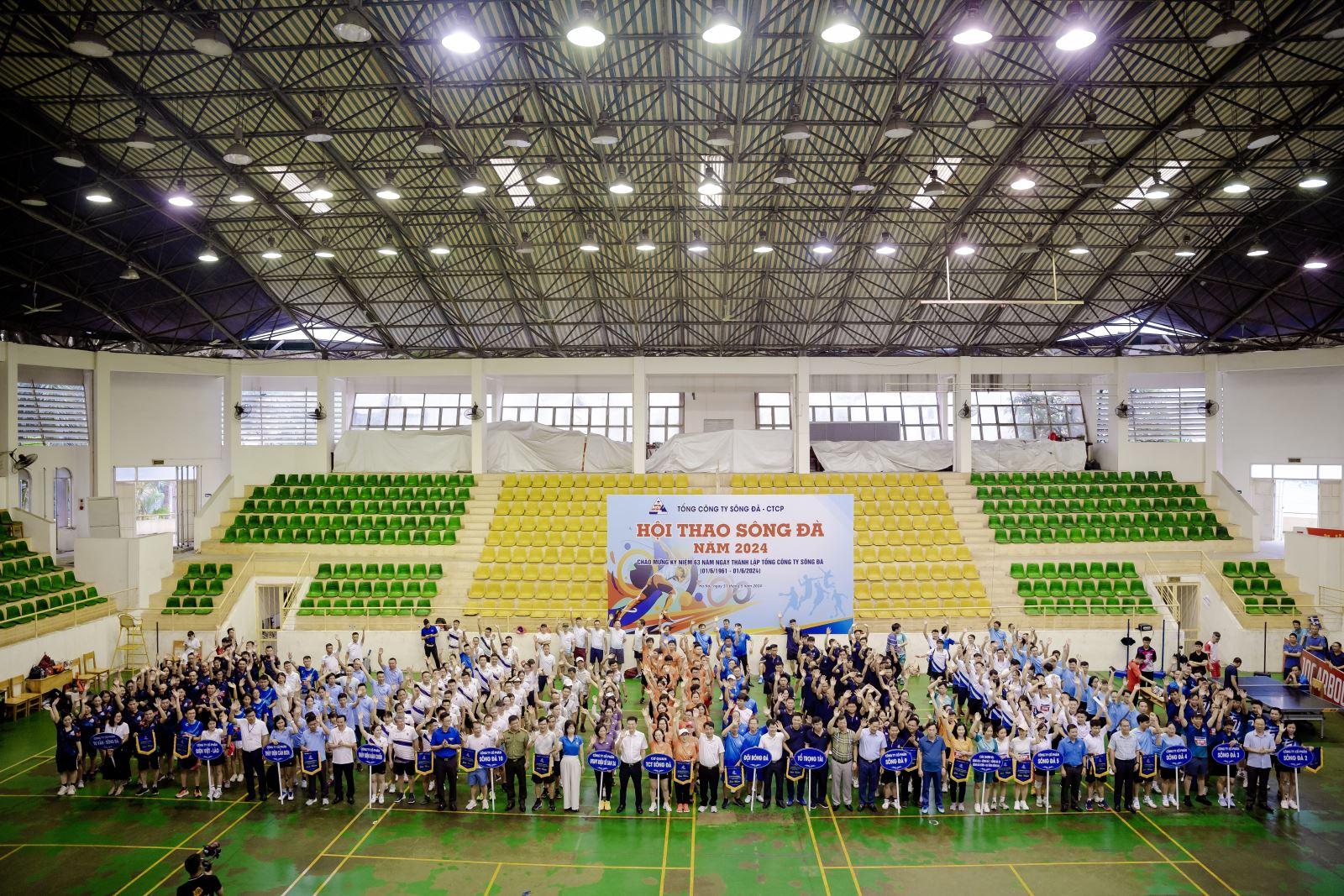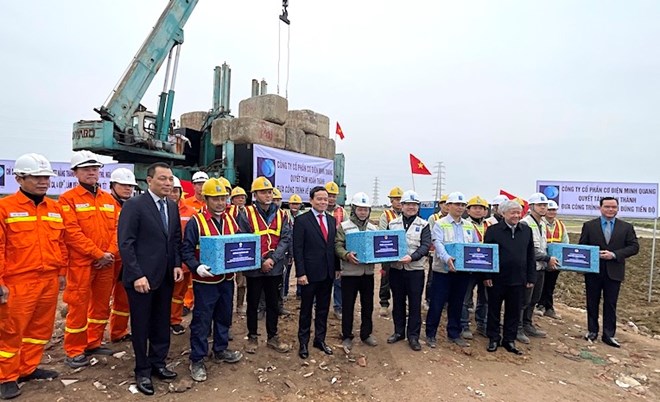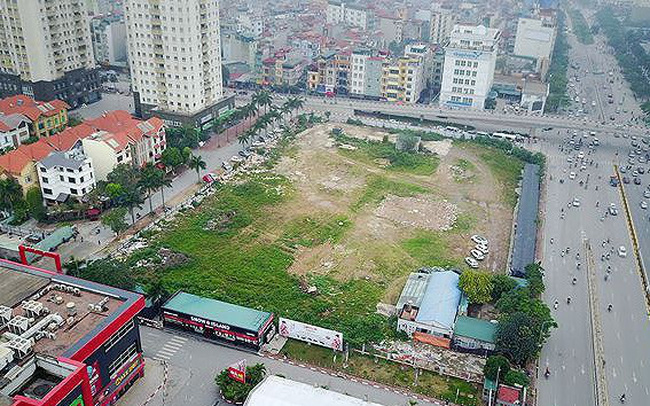
A strange situation exists inHà Nội. There are empty buildings in one area and in many others, people live cramped and close together. The empty buildings are even falling apart. It would seem that paperwork problems are part of what has caused the delay in getting people to live in these buildings.
HÀ NỘI – A number of resettlement apartment blocks have been standingdesertedin the capital city for many years now.
At the same time, thousands live in highlycramped, poorlymaintained lodgings.
A Tiền Phong (Vanguard) report lays the blame for thisparadoxsquarely on city authorities, saying theirtardinessinresolving issuesrelated to the resettlement houses has led to this mess.
Towering over the Tạ Quang Bửu Street in Hai Bà Trưng District, a 20-storeyed apartment building is hard to ignore, both for its size and thedistinct lackof people who should be living there.
The building, with some 150 apartments, is a resettlement project built withinvestmentfrom the Housing Innovation & Development Joint-stock Company.
Two years ago, theinvestorcarried out thecompletion phaseof this building after ahiatusof many years. Excitement andexpectationsran high then, that people could finally have a place to live, even better than theirprevioushomes in the downtown area.
But, two years on, the building is stilluninhabited.
It hasn’t welcomed even one resident, but the building has begun showing signs ofdilapidation- rusty fire escape, damp walls, crumbling plaster coat and stained ceilings.
Someresourcefullocals in the neighborhood haveavailedthemselves of the opportunity to use the large abandoned grounds around the building, which should have been gardens, a welcome sight in the busy city – to raise chickens and grow vegetables.
The Hai Bà Trưng District’s People’s Committee blames the situation onlegal obstaclesthat the investor hasn’t been able toovercome.
District authorities have repeatedly pushed the municipal People’s Committee toreviewandsolveonce-and-for-all all the difficulties so that they can beginallocatingthe houses, butto no availso far.
The investor, however, blames the city authorities for not having drawn up afeasibleplan for people to move into the resettlement apartment buildings.
Nguyễn Vinh Quang, Chief Construction Inspector with Hai Bà Trưng District,confirmedthat the project had reached 90 per cent completion, but without proper documents, the building cannot be put into use.
Resettlement building C1 in Trung Hoà, Cầu Giấy District, invested in by Vinaconex 1, has been standingidlefor more than three years.
According to Đinh Hoàng Diệp, Deputy General Director of Vinaconex 1, the company has waited for several years but city authorities has yet to approve which form of investment is acceptable; whether the investor should bring out the necessarycapitaland the city buys the building back; or, the city will use its ownbudgetto invest in it.
At the moment, the company has poured some VNĐ80 billion ($3.5 million) into the project. The longer it is delayed, the bigger the loss the company will have to suffer.
“We are still awaiting the People’s Committee’s go-ahead to invest in the building in the form of ‘socialization’. However, the city must also approve the apartment price so the company canadjust[its plan] accordingly,” Diệp said.
“Before, the project wasintendedforcivil servants, so the apartment area was bigger. But now, since the building has beenearmarkedfor resettlement, apartments with areas larger than 100sq.m. will have to be cut back (resized). So far, the [administrative] procedures have not been done,” he added.
Appellation changed
According to the municipal Department of Construction,architectural plansfor most resettlement housing projects have been approved, butimplementationhas been slow, mostly due to reasons outlined by Vinaconex’s Diệp.
Most projects wereinitiallyapproved ascommercialapartment projects or housing projects for civil servants.Conversionto resettlement housing would take a lot of time and effort.
On the other hand, many projects, initially approved as resettlement housing projects, have been converted to other types, leading to thecurrentshortage and deserted buildings.
Another factor is financial difficulties faced by some investors, halting construction forindeterminate periods.
The aboveshortcomingsrelated to resettlement housing have been pointed out duringnumerousmeetings between the Ministry of Construction and the Hà Nội People’s Committee.
Accordingly, the Ministry proposed that the “resettlement houses”appellationbe dropped completely, and that licences are not granted for new resettlement projects. Instead, a number of apartments in social housing projects can be set aside to serve resettlement programmes.
The ministry has also said that investors must pay due attention to the quality of buildings in social housing projects. The responsibility to manage and to maintain the buildings will also lie with the investor.
Previously, resettlement houses were built with capitalsourcedfrom the State Budget. Upon completion, the contractor handed the buildings over to the management board, which then passed them on to the state-owned Hà Nội Housing Development and Management Company.
The lack of unified management and uncleardivision of responsibilitiesbetween these agencies have seen many resettlement housesneglected.
Trần Chủng, former Director-General of the State Agency for Construction Quality Inspection under the Ministry of Construction, said that “only when the investors areheld accountablefor the quality of their buildings can the quality of resettlement houses be ascertained”.
The replacement of resettlement houses by social housing projects might solve the issue of apartments’ area or price, but the quality of such apartments remained a concern, as evidenced by many low-quality social housing projects in the city, he said.
“The problem can only be addressed effectively if there is a thorough and strict management right from the construction phase topost-project assessments,” he added.– VNS
| According to the Hà Nội Housing Development and Management Single Member Company Ltd., under the Hà Nội municipal Department of Construction, 173 resettlement buildings with a total of 15,000 apartments have been completed. Of these, 147 buildings with 14,450 apartments have been handed over to the company and are ready to receive residents. The municipal People’s Committee has said that by the end of November, 36 social housing projects with nearly 20,000 apartments have been finished with a combined ground area of 1.33 million sq.m.The city has targeted building 1 million apartments in the 2012-2020 period on a 8.1 million sq.m area. |
vietnamnews

